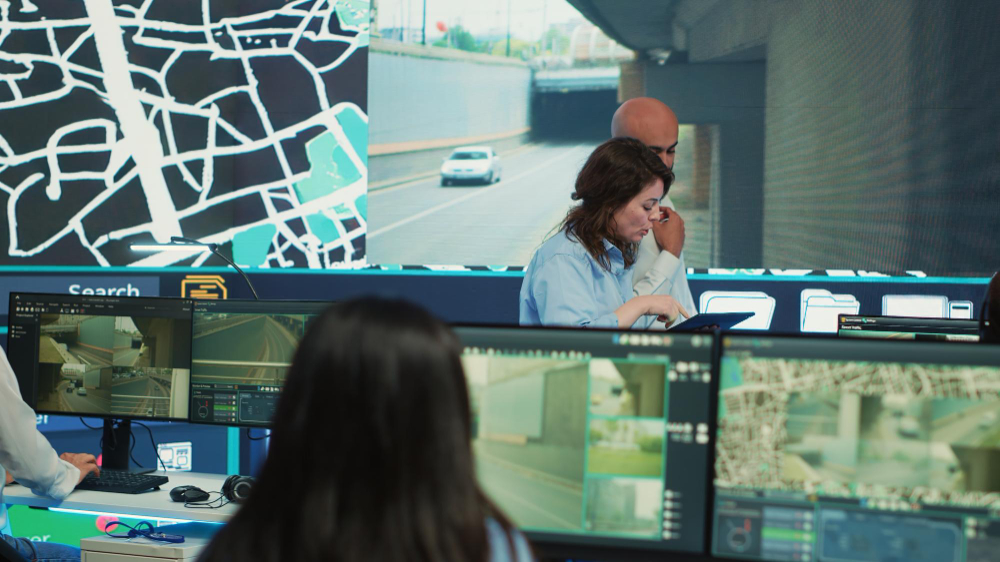As battery-operated vehicles (BOVs) continue to gain popularity—thanks to their eco-friendliness and cost-efficiency—many users are increasingly concerned about their safety during the rainy season. Whether you’re driving an electric car, riding an e-bike, or using an e-scooter, you might wonder how these vehicles fare in wet conditions. Let’s dive into the safety aspects of battery-operated vehicles during rainy weather and how you can ensure a safe and enjoyable experience.
1. How Battery-Operated Vehicles Are Designed for Wet Conditions
Weatherproofing and Sealing
One of the key considerations in the design of battery-operated vehicles is weatherproofing. Most modern BOVs are engineered with robust sealing around battery compartments and electrical connections to prevent water ingress. Electric vehicles (EVs), for instance, feature battery packs encased in protective housings, and e-scooters and e-bikes are built with splash guards and sealed electrical components to protect against rain.
Safety Certifications
Manufacturers adhere to stringent safety standards to ensure their vehicles can handle various weather conditions. Battery-operated vehicles undergo rigorous testing to meet these standards, which include performance in wet environments. A high Ingress Protection (IP) rating is often indicative of a vehicle’s resistance to water and dust, providing an extra layer of assurance.
2. Safety Features of Battery-Operated Vehicles in the Rain
Traction and Stability
Many battery-operated vehicles are equipped with advanced traction control systems and anti-slip technology to enhance safety on wet surfaces. Electric cars often come with features like traction control and stability management, which help prevent skidding and maintain control in slippery conditions. Similarly, e-scooters and e-bikes may have specialized tires designed to improve grip on wet roads.
Regenerative Braking
Electric vehicles and some e-bikes use regenerative braking systems that convert kinetic energy into electrical energy during braking. This not only improves efficiency but also enhances stability by reducing the risk of skidding. Regenerative braking can provide smoother and safer deceleration in rainy conditions.
Advanced Driver Assistance Systems (ADAS)
For electric cars, ADAS features such as automatic emergency braking, lane-keeping assist, and collision warning systems can be invaluable during rainy weather. These systems use sensors and cameras to detect potential hazards and assist drivers in maintaining control.
3. Best Practices for Using Battery-Operated Vehicles in the Rain
Regular Maintenance
Regular maintenance is crucial to ensure your vehicle remains in optimal condition. Check that battery compartments are properly sealed and inspect electrical connections for any signs of wear or damage. For e-scooters and e-bikes, make sure tires are in good condition and properly inflated to maintain traction on wet surfaces.
Driving and Riding Cautiously
Adjust your driving or riding style in rainy conditions. Reduce your speed to allow for longer stopping distances and increased reaction time. Be especially cautious on slippery roads and avoid sudden maneuvers that could lead to loss of control.
Avoid Standing Water
Try to steer clear of large puddles and standing water, as these can obscure potential hazards and increase the risk of water ingress into electrical components. If you do encounter water, proceed slowly and carefully.
Dry Off When Possible
After exposure to rain, dry off your vehicle to prevent rust and corrosion. For e-scooters and e-bikes, wipe down any excess moisture, and for electric cars, follow any manufacturer recommendations for washing and drying.
4. Addressing Common Concerns
Battery Safety
The safety of the battery in rainy conditions is a common concern. Modern batteries are designed to be resistant to water damage, provided that the vehicle is well-maintained. If you notice any unusual performance or symptoms, such as difficulty starting or erratic behavior, have the vehicle inspected by a professional.
Electrical Safety
Electric vehicles and e-scooters are built with multiple safety mechanisms to handle water exposure. Regular checks and adherence to maintenance schedules will help ensure that your vehicle remains safe and reliable.
5. Conclusion
Battery-operated vehicles are generally safe to use during the rainy season, thanks to their thoughtful design and safety features. Modern technology ensures that these vehicles can handle wet conditions, provided that users follow best practices for maintenance and cautious operation. By understanding the capabilities and limitations of your vehicle and adopting safe riding and driving habits, you can confidently navigate rainy weather.
Embracing battery-operated transportation year-round, including during the rainy season, not only contributes to a more sustainable future but also offers a reliable and enjoyable way to get around. Stay informed, stay safe, and enjoy the benefits of your battery-operated vehicle, rain or shine!

